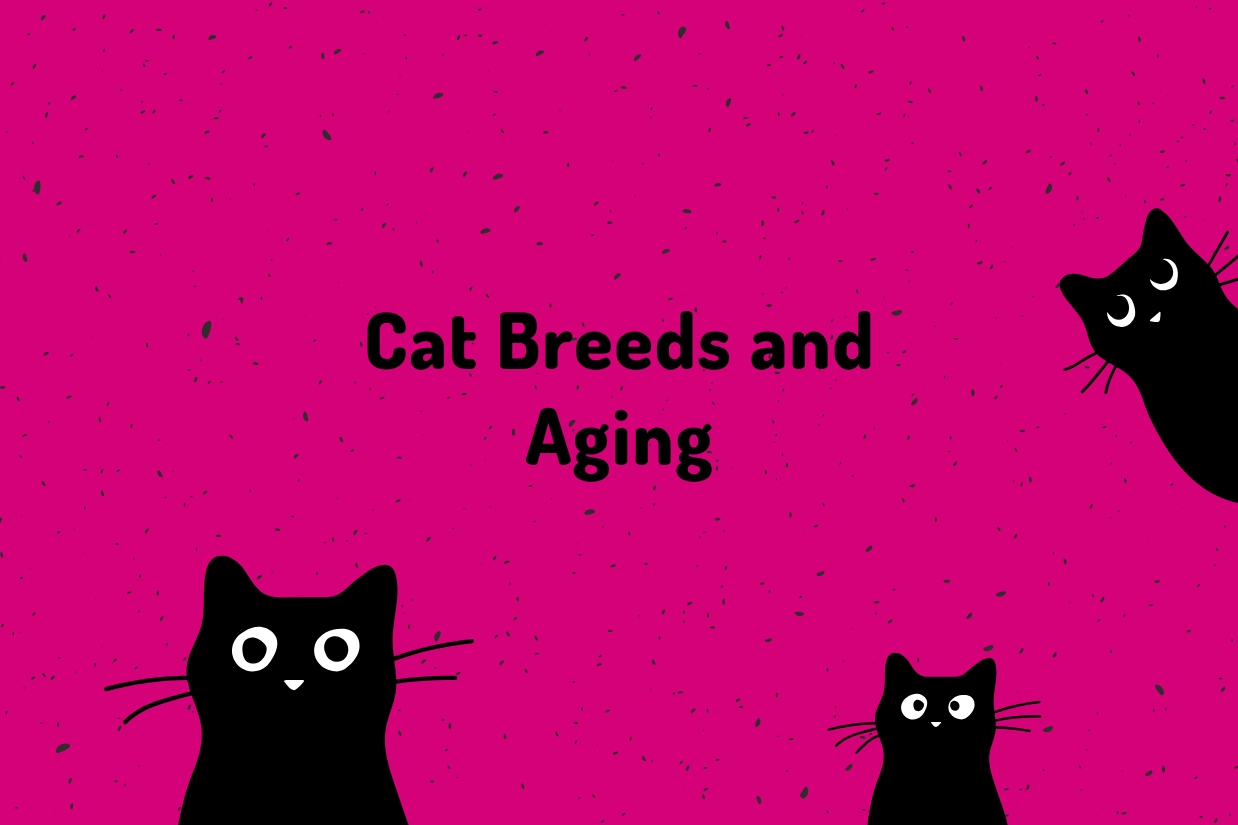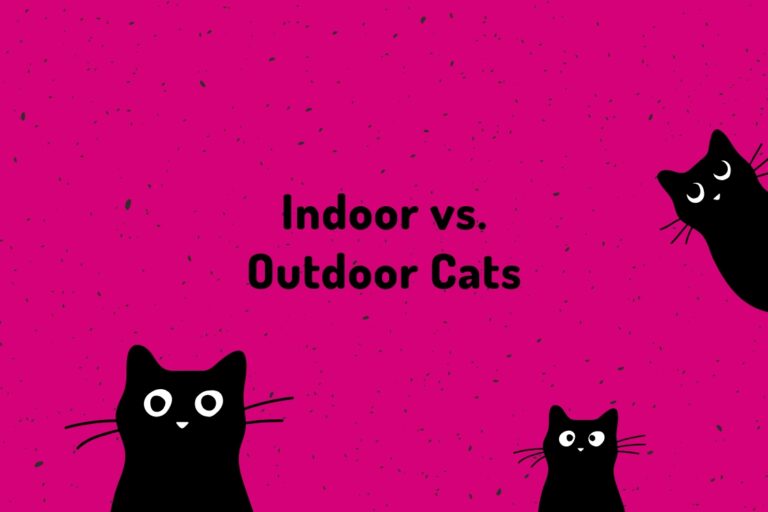Cat Breeds and Aging: Which Breeds Live the Longest?
Cats are beloved companions, and as pet owners, we want them to live long, healthy lives. But did you know that certain cat breeds naturally have longer lifespans than others? Understanding how breed-specific traits influence aging can help cat owners provide the best care for their feline friends. In this article, we’ll explore the cat breeds that tend to live the longest and discuss the factors contributing to their extended lifespans.
Which Cat Breeds Live the Longest?
1. Siamese Cats
Siamese cats are one of the longest-living breeds, often reaching 15-20 years or more. Their slender build, high energy levels, and active metabolism contribute to their longevity. They also tend to have fewer genetic health issues compared to other breeds.
2. Burmese Cats
Burmese cats can live up to 18-25 years, making them one of the longest-lived feline breeds. Their robust genetic makeup and affectionate nature contribute to lower stress levels, which is beneficial for overall health and longevity.
3. Manx Cats
The Manx breed, known for its tailless genetic trait, can live up to 20 years or more. With proper care, a balanced diet, and routine vet checkups, Manx cats can enjoy a long, healthy life.
4. Ragdoll Cats
Ragdolls are known for their calm and affectionate temperament. They typically live between 15-20 years. Due to their relaxed nature, they are less prone to stress-related illnesses, which can contribute to their longer lifespan.
5. Persian Cats
Persians have an average lifespan of 15-18 years, but with proper grooming and care, they can live even longer. Their longevity is heavily influenced by their environment and healthcare routine.
Factors That Influence Cat Longevity
1. Genetics
Genetics play a crucial role in determining a cat’s lifespan. Breeds with strong, well-maintained genetic pools tend to live longer than those prone to hereditary diseases.
2. Diet and Nutrition
A well-balanced diet rich in protein, essential vitamins, and minerals can significantly extend a cat’s life. High-quality cat food tailored to specific breed needs is vital for longevity.
3. Veterinary Care
Regular vet checkups, vaccinations, and preventative care help identify health issues early, ensuring a longer and healthier life.
4. Indoor vs. Outdoor Living
Indoor cats generally live longer than outdoor cats because they are less exposed to dangers such as traffic, predators, and infectious diseases.
5. Mental and Physical Stimulation
Active and engaged cats tend to live longer. Interactive play, climbing structures, and puzzle toys help keep a cat’s mind and body healthy.
Understanding Cat Aging in Human Years
Many cat owners wonder how their pet’s age compares to human years. Converting cat years to human years helps provide better insights into their aging process and care needs. This understanding ensures pet owners can provide age-appropriate nutrition, exercise, and healthcare for their feline companions.
How to Help Your Cat Live a Longer Life
1. Provide a Nutrient-Rich Diet
Feed your cat high-quality, protein-rich food to support overall health and vitality.
2. Schedule Routine Vet Checkups
Regular veterinary visits can catch health issues early, increasing the chances of effective treatment.
3. Keep Your Cat Active
Encourage playtime and exercise to maintain a healthy weight and prevent obesity-related diseases.
4. Ensure a Stress-Free Environment
Minimize loud noises, sudden changes, and potential stressors to keep your cat happy and healthy.
5. Groom and Maintain Hygiene
Regular grooming, dental care, and clean living spaces help prevent infections and health complications.
Conclusion
Certain cat breeds, such as Siamese, Burmese, and Manx, are known for their long lifespans, often living 15-20+ years with proper care. Genetics, diet, lifestyle, and veterinary care play significant roles in feline longevity. By providing a nurturing environment and proactive healthcare, you can help your cat enjoy a long, fulfilling life.







